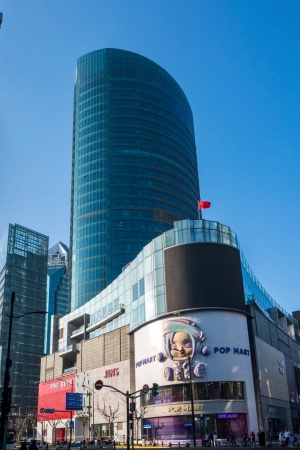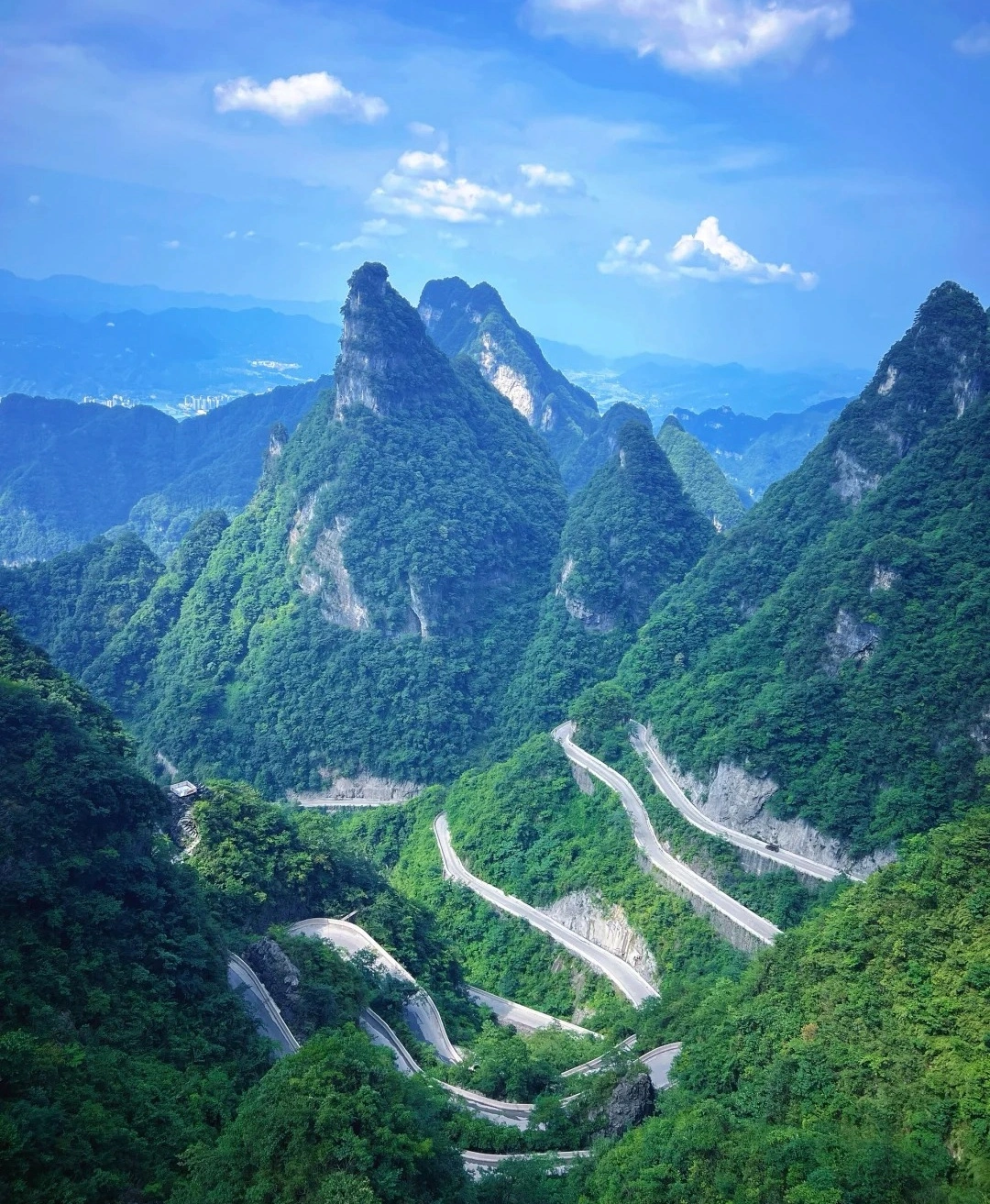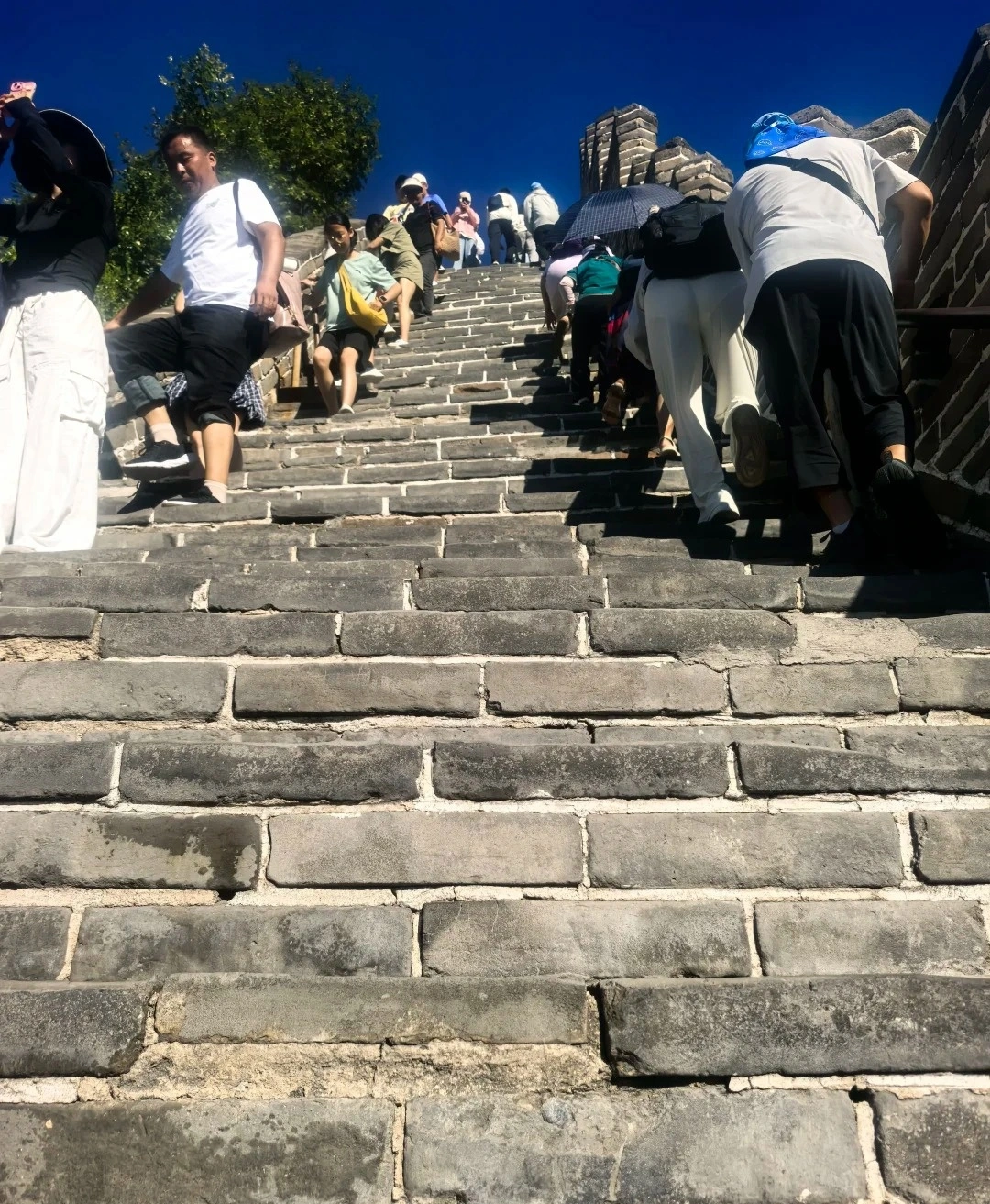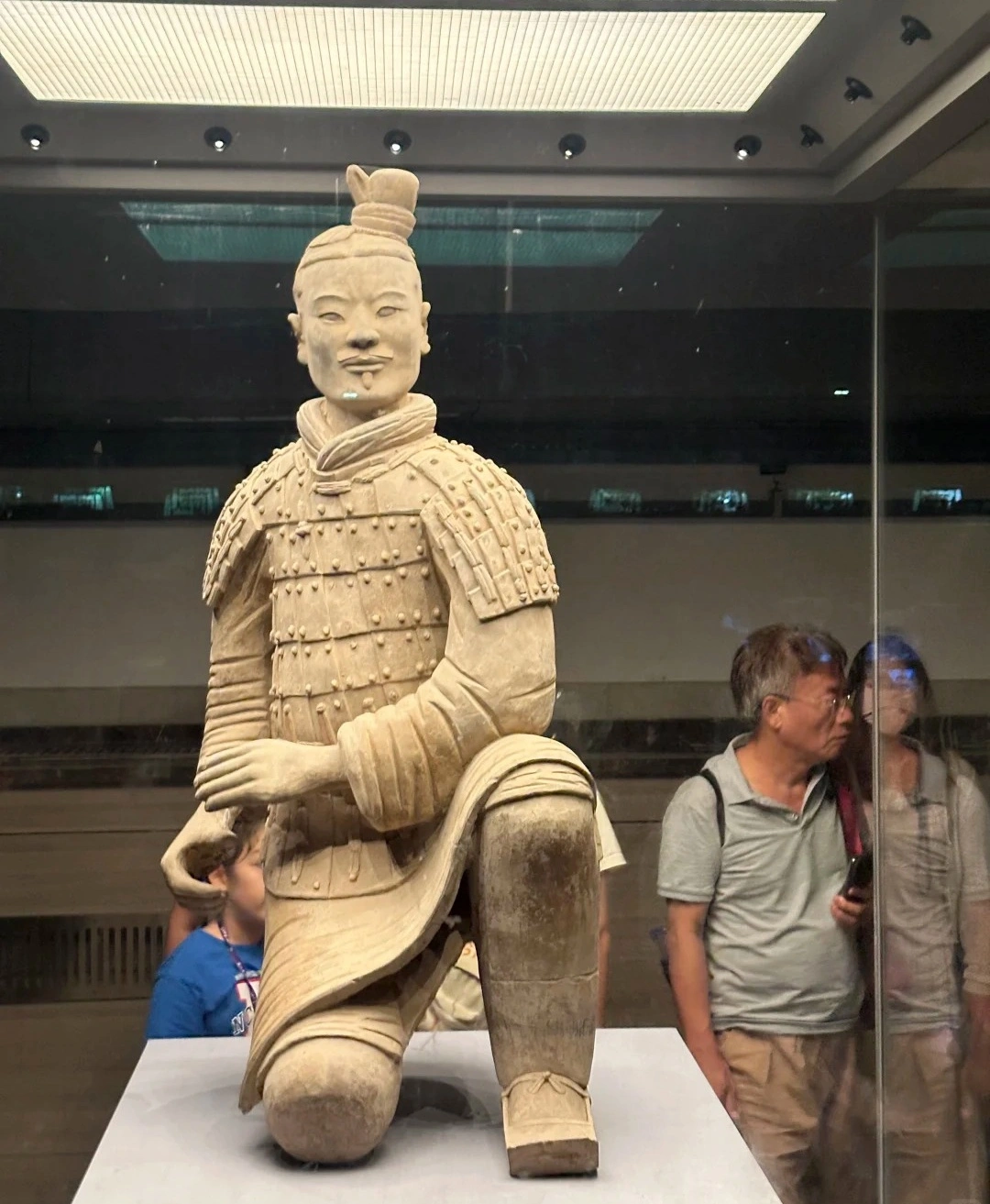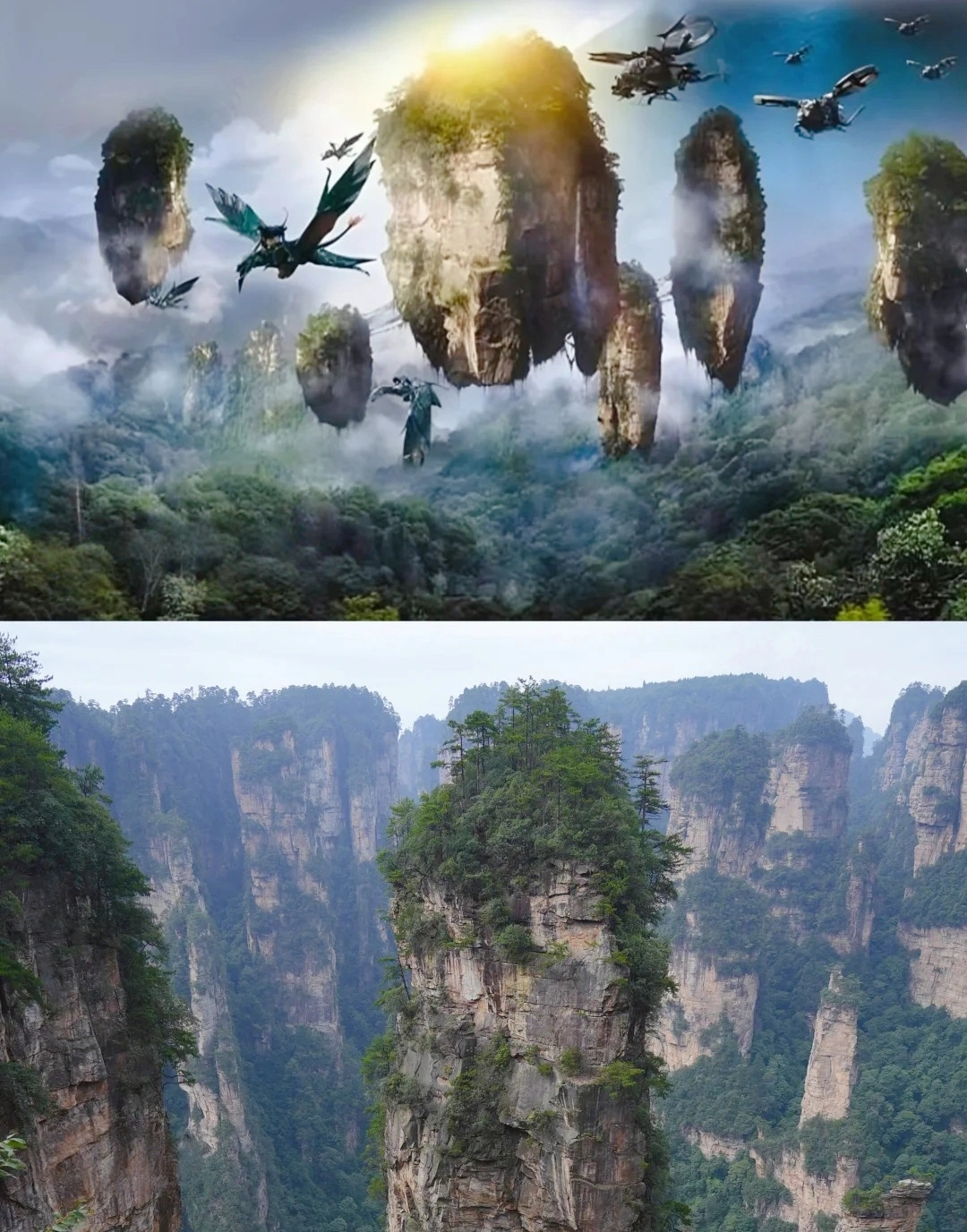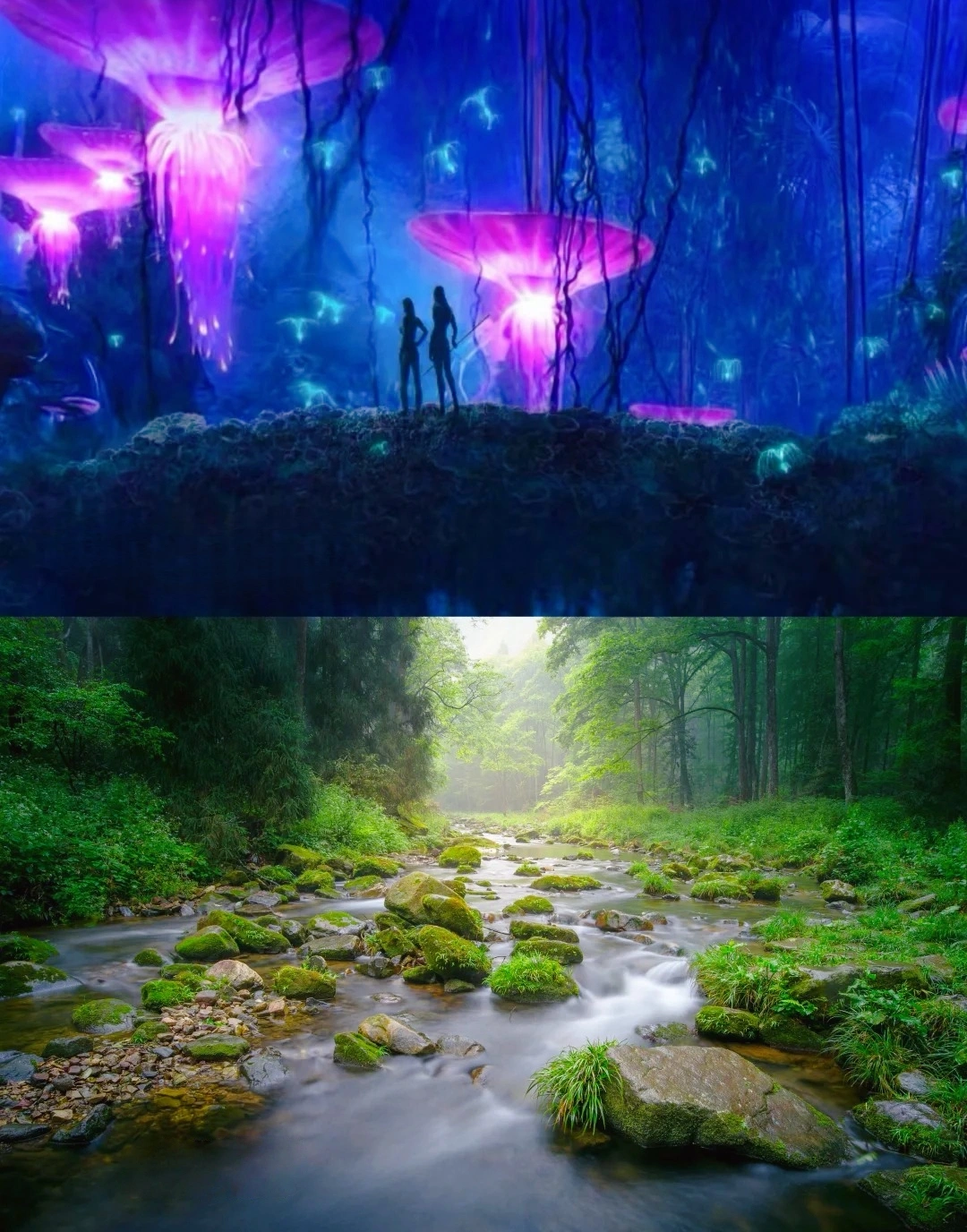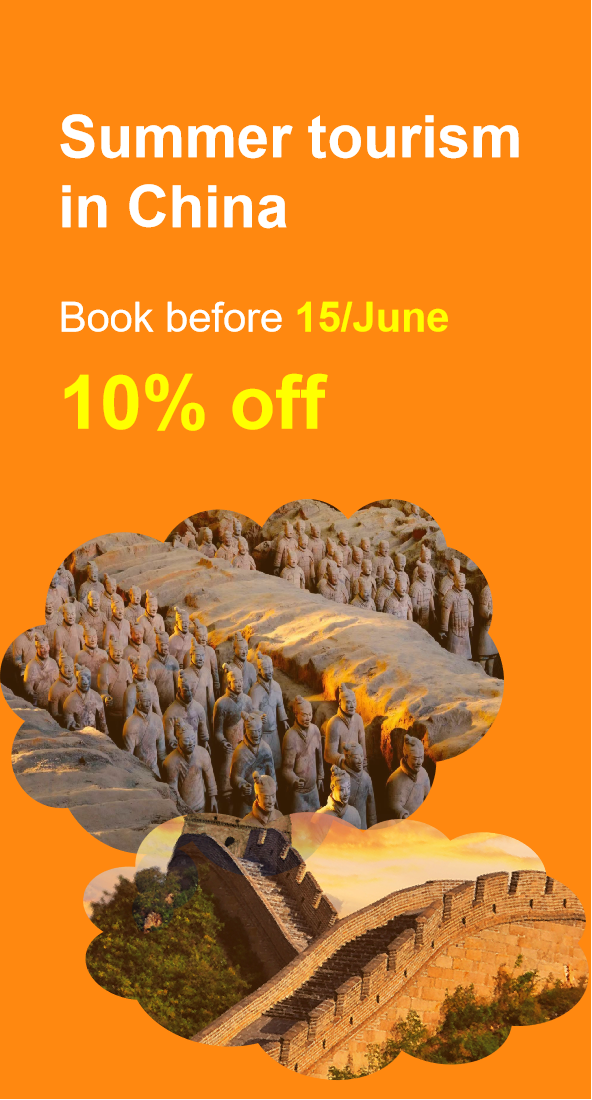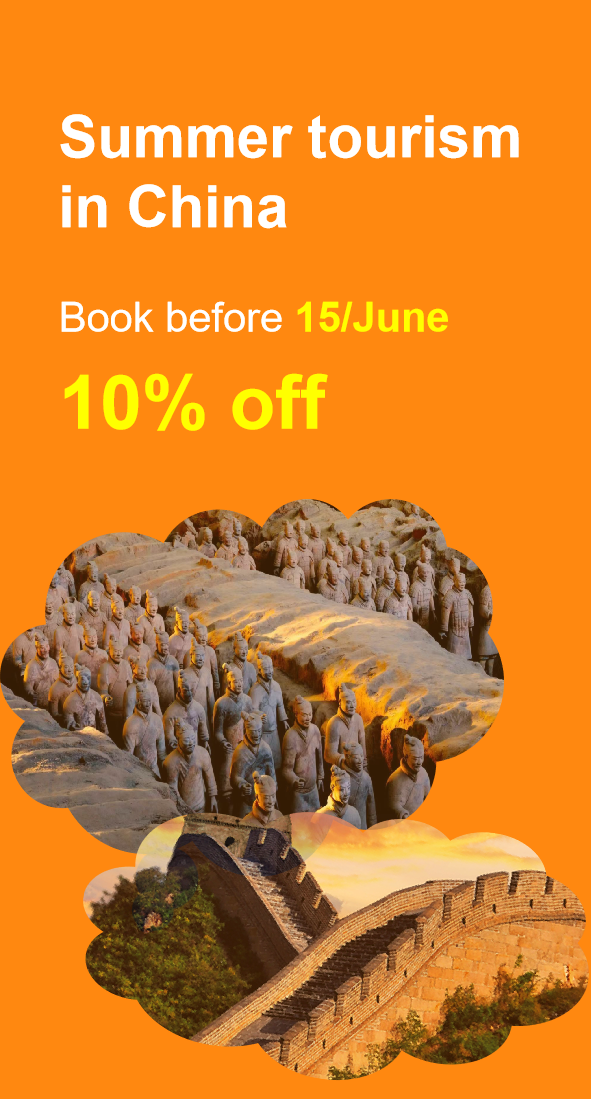Timeless Silk Road Marvels: Gansu’s 10 UNESCO-Grade Cultural Treasures
Gansu Province, a crossroads of ancient civilizations, cradles some of China’s most extraordinary cultural and natural treasures. From the Silk Road’s bustling trade routes to breathtaking geological wonders, these ten sites—recognized by UNESCO or bearing global cultural significance—offer a window into humanity’s shared heritage.
1. Mogao Caves (Dunhuang)
UNESCO World Heritage Site (1987)
Dubbed the “Oriental Louvre,” the Mogao Caves house over 2,000 painted sculptures and 45,000 square meters of murals spanning 1,000 years. This masterpiece of Buddhist art, carved into a cliff near Dunhuang, blends Chinese, Indian, Persian, and Tibetan influences. It served as a spiritual and cultural hub along the Silk Road, where traders, monks, and artists exchanged ideas.
2. Jiayuguan Fort (Jiayuguan City)
UNESCO Silk Roads Corridor (2014)
Dubbed the “First Pass Under Heaven,” this Ming Dynasty fortress marks the western end of The Great Wall. Built in 1372, it guarded the Hexi Corridor against nomadic invasions while facilitating Silk Road trade. Its imposing gates and watchtowers evoke the drama of ancient military strategy.
3. Zhangye Danxia Landform
Global Geopark & One of Asia’s Most Beautiful Landscapes
Formed 6 million years ago, Zhangye’s Danxia (“Red Cloud”) Mountains dazzle with rainbow-hued sandstone layers. Nicknamed “God’s Palette,” the area features dramatic cliffs, pillars, and valleys. The UNESCO-recognized geopark is a testament to Earth’s artistic power, with hues shifting under sunlight.
4. Bingling Temple Grottoes (Yongjing County)
UNESCO Silk Roads Corridor (2014)
Nestled along The Yellow River, Bingling Temple’s 162 caves house 776 Buddhist statues and murals carved between the 4th and 13th centuries. The centerpiece is a 27-meter-tall Maitreya Buddha, symbolizing compassion. This remote site reflects the Silk Road’s role in spreading Buddhist art across Asia.
5. Maijishan Grottoes (Tianshui City)
UNESCO World Heritage Site (2014, as part of China’s Grottoes)
Perched on a cliff, Maijishan (“Wheat Stack Mountain”) contains 221 caves with 7,800 sculptures and 1,000 square meters of murals. Dating back to the 4th century, it’s one of China’s “Four Great Grottoes.” The site’s remote location preserved its delicate clay statues, depicting Buddhist deities and Silk Road travelers.
6. Labrang Monastery (Gannan Tibetan Autonomous Prefecture)
Tibetan Buddhism’s Spiritual Heartland
Founded in 1709, Labrang is one of Tibet’s six major Gelugpa monasteries. Its 3.5-kilometer prayer wheel corridor and grand debating courtyard reflect Tibetan culture’s resilience. The monastery’s golden roofs and vibrant festivals offer a glimpse into living traditions beyond Tibet.
7. Suoyang City Ruins (Guazhou County)
Silk Road’s Forgotten Capital
Once a thriving oasis city, Suoyang’s ruins reveal Tang Dynasty (7th–10th century) architecture and irrigation systems. The site, a UNESCO candidate, illustrates how Silk Road cities adapted to harsh deserts. Excavations unearthed bamboo slips with ancient scripts, offering clues to medieval trade.
8. Xuanquan Posthouse (Dunhuang)
Silk Road’s Postal Legacy
Discovered in 1990, Xuanquan’s ruins include 61,000 wooden slips with Han Dynasty (206 BCE–220 CE) administrative records. This desert posthouse highlights the logistical genius behind the Silk Road, where caravans rested and exchanged news.
9. Yumen Pass (Dunhuang)
Gateway to the West
Known as the “Jade Gate,” this Han Dynasty fortress once controlled access to the Western Regions. Though now a ruin, its strategic location near the Mogao Caves underscores its role in protecting Silk Road caravans from bandits.
10. Wuwei Cultural Landscape (Wuwei City)
Bronze Age to Tang Dynasty Treasures
Wuwei’s highlights include:
- Leitai Tomb’s “Flying Horse of Gansu”: A 2nd-century bronze sculpture of a galloping horse stepping on a swallow, symbolizing speed and freedom.
- Wuwei Confucius Temple: Northwest China’s largest and best-preserved Confucian complex, with 46 stone plaques.
- Liangzhou Huimeng Memorial Hall: Commemorates a 1247 peace treaty between Mongols and Tibetans.
Why Gansu Matters
Gansu’s heritage sites are not just relics but living narratives of cultural exchange. The Silk Road transformed this region into a melting pot of religions, languages, and art. Today, visitors can walk through ancient passageways, marvel at geological wonders, and witness traditions that have endured for millennia.
Travel Tip: Combine visits with Local Experiences—sip酥油茶 (butter tea) in a Gannan tent, hike Zhangye’s rainbow mountains at sunrise, or join monks in Labrang’s morning prayers. Gansu invites you to step into history.
Contact Us
What Our Clients Say?
Based on 10,000+ traveler reviews
